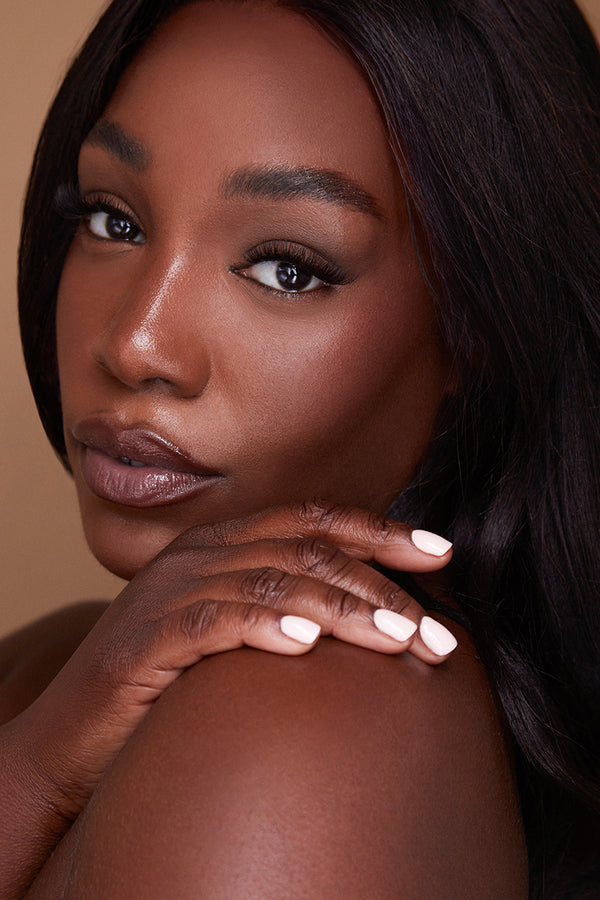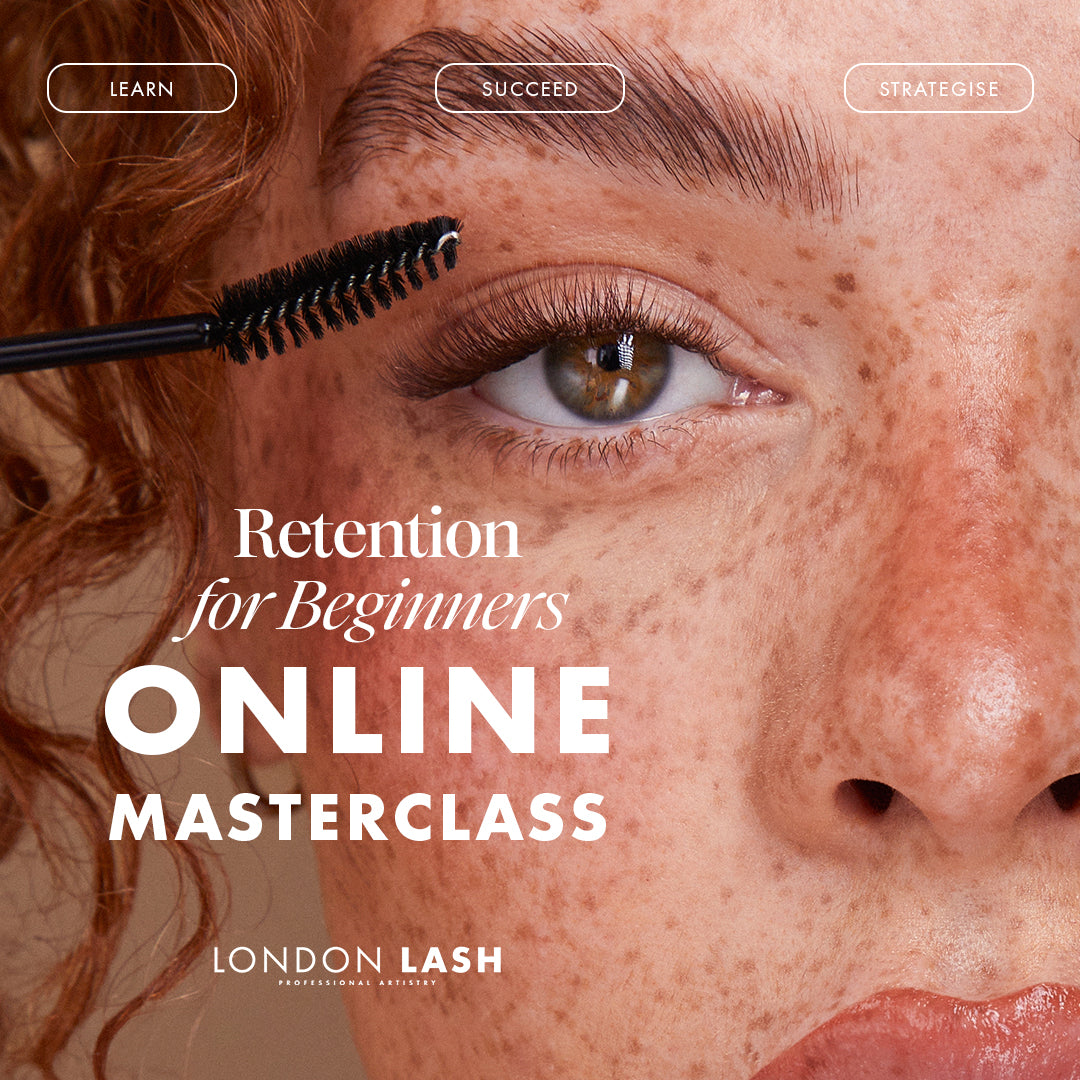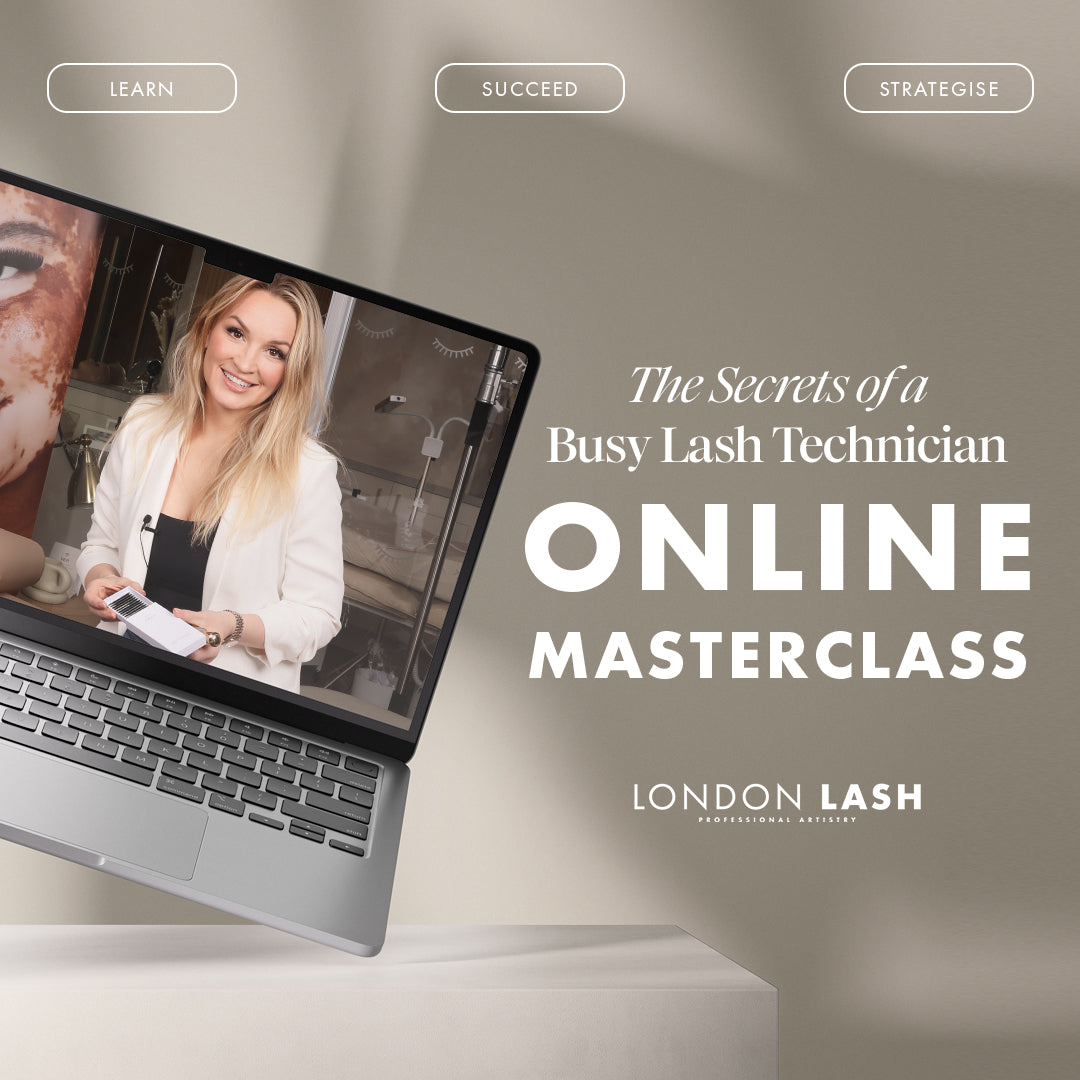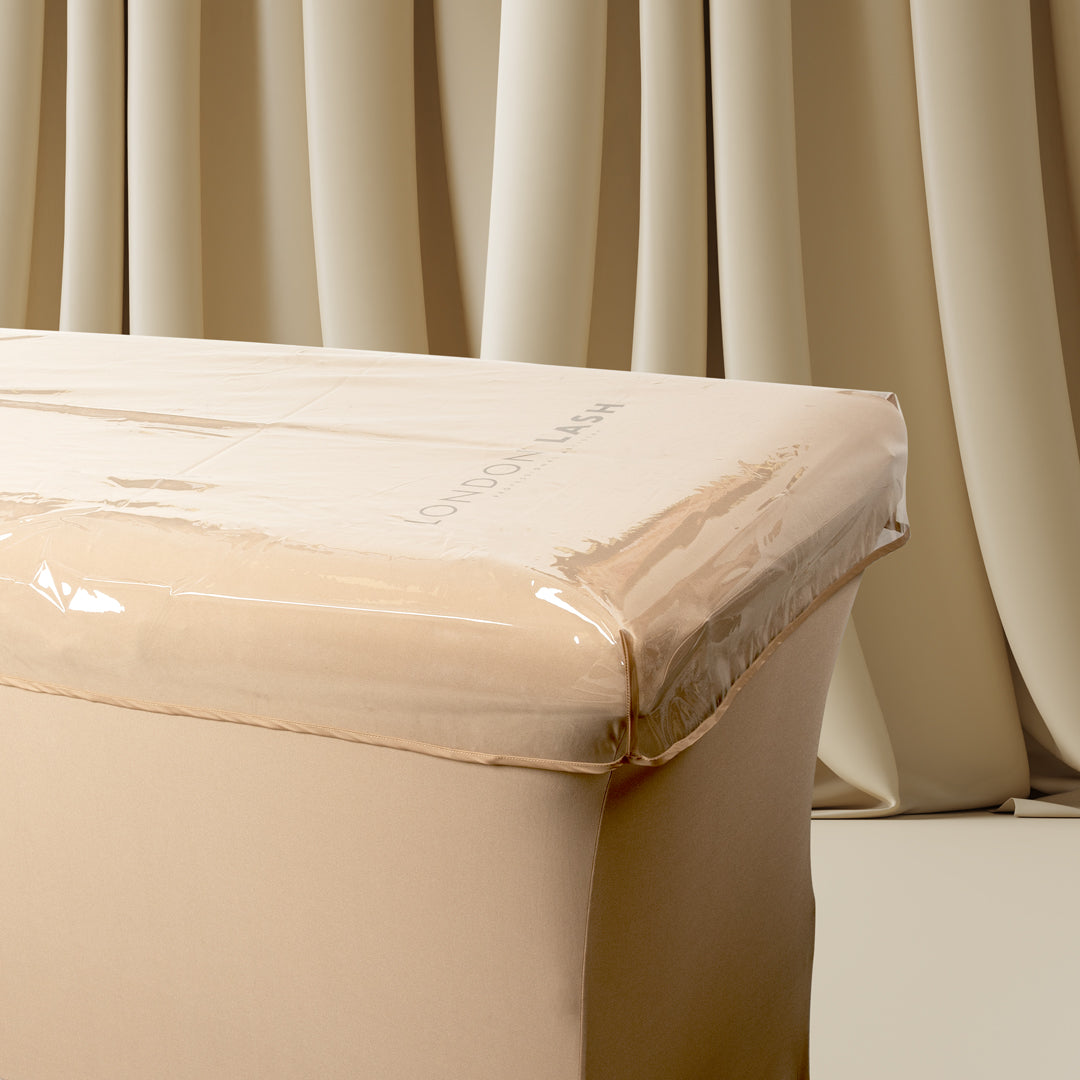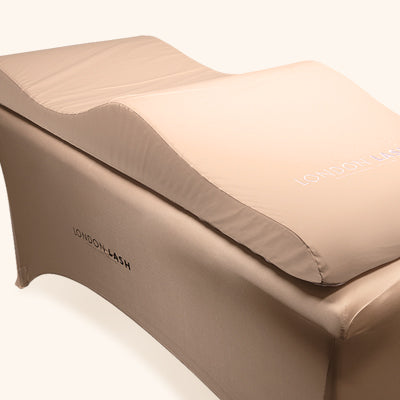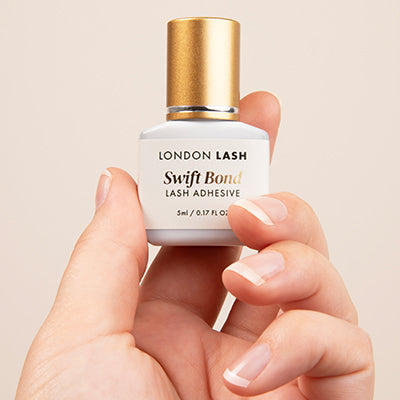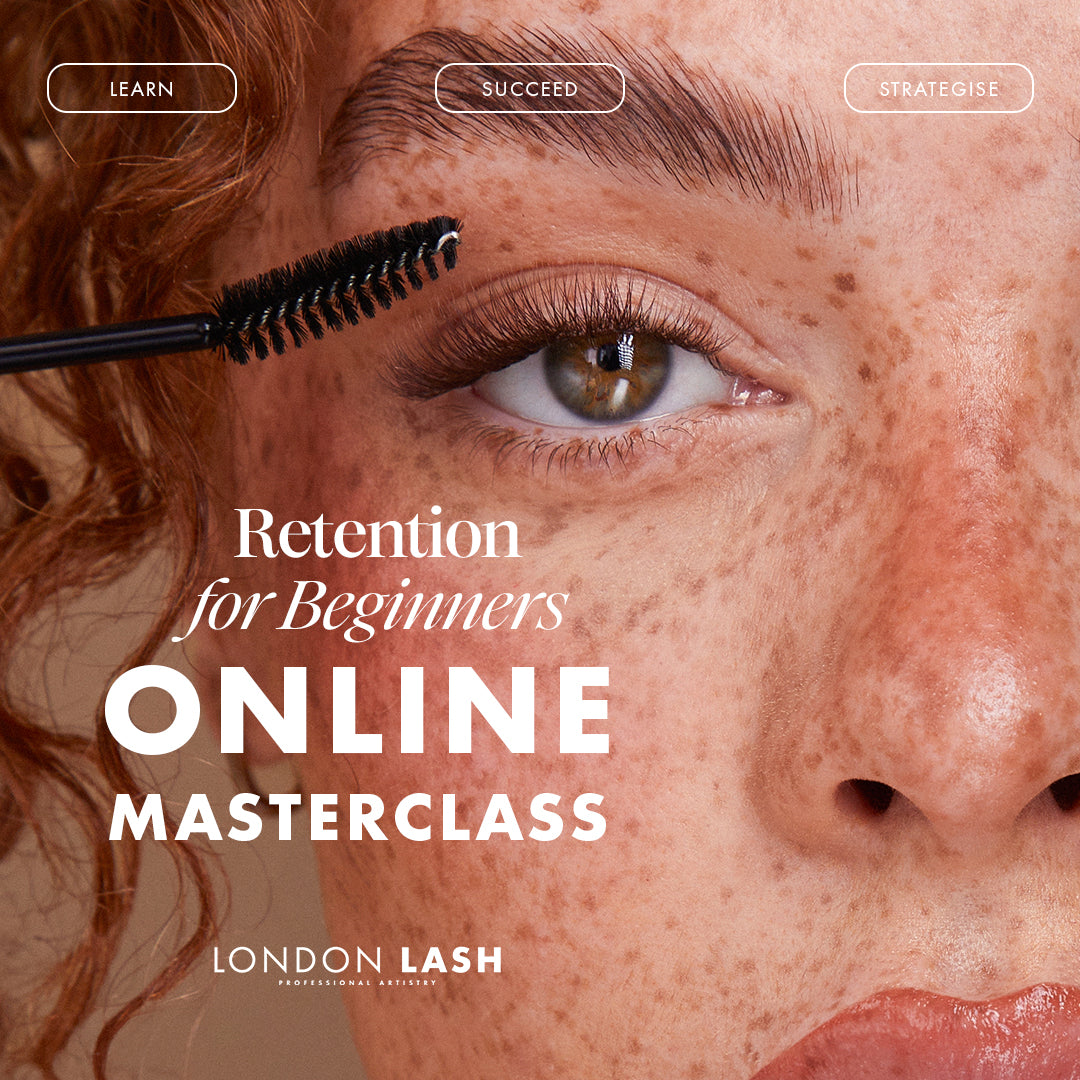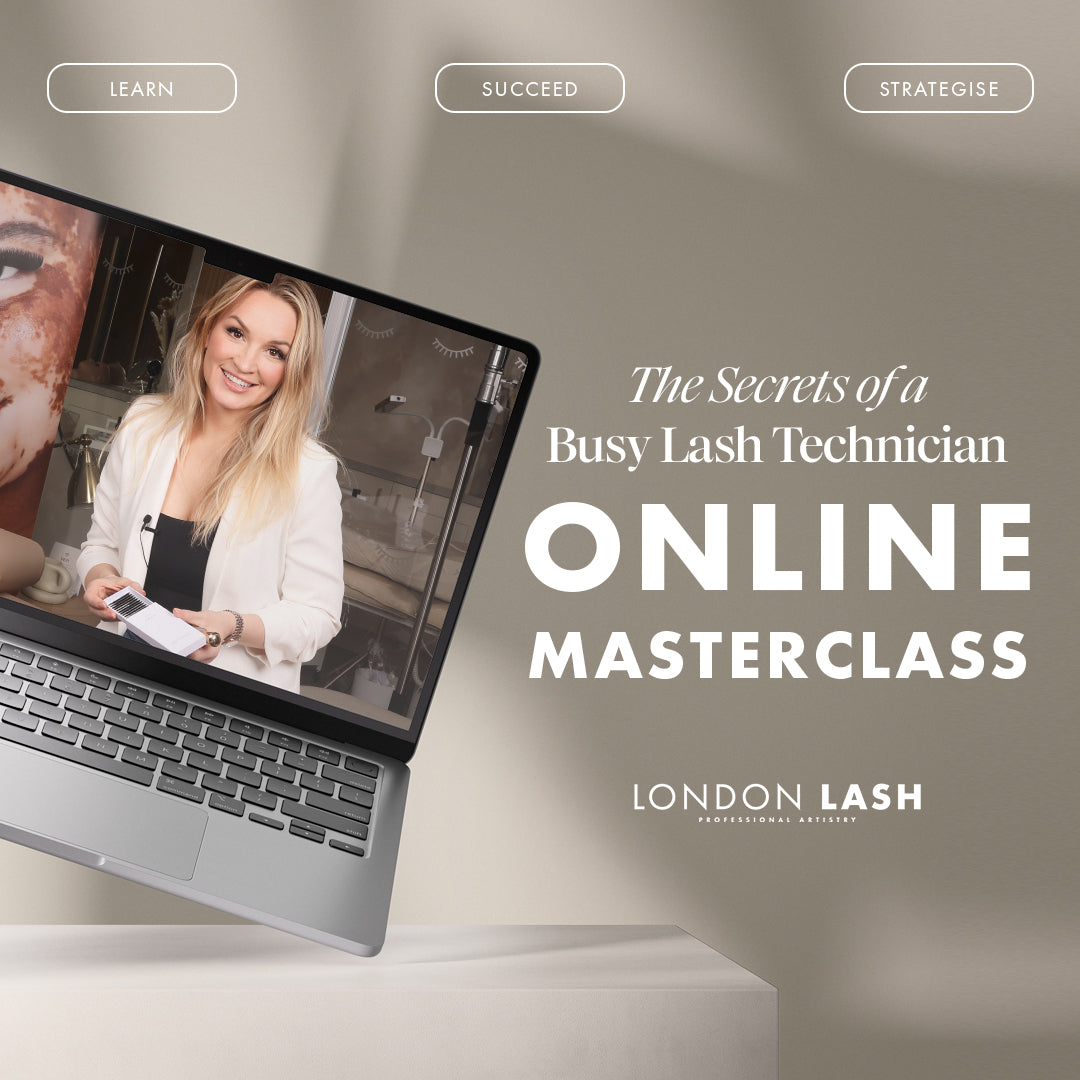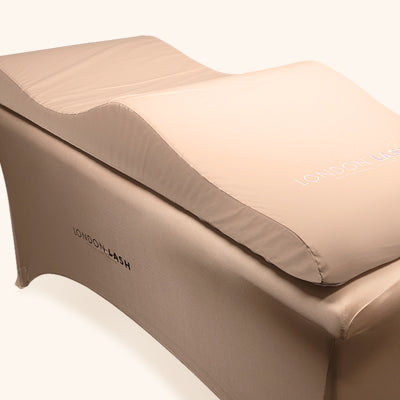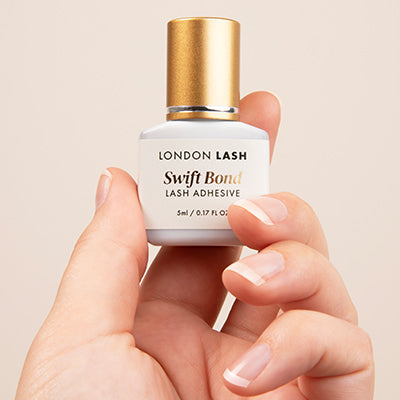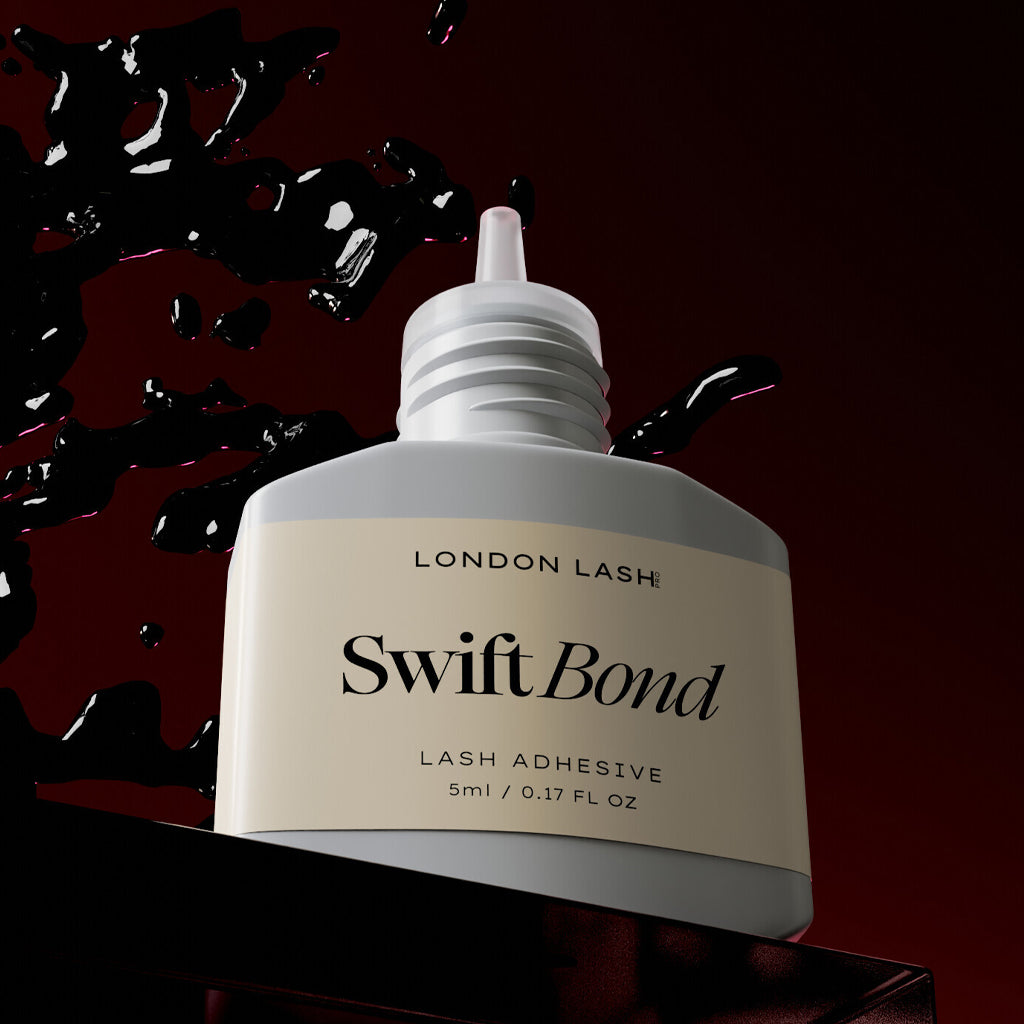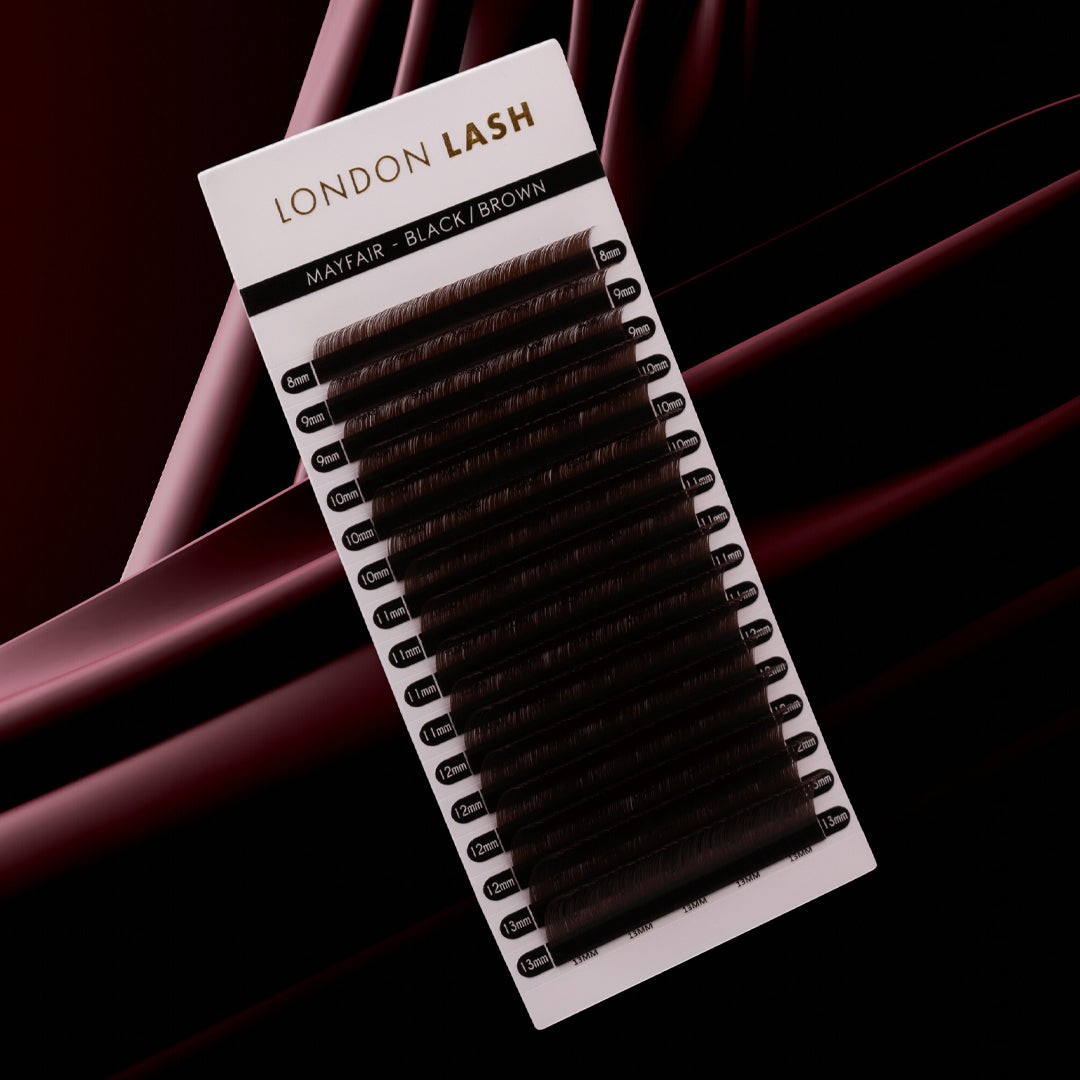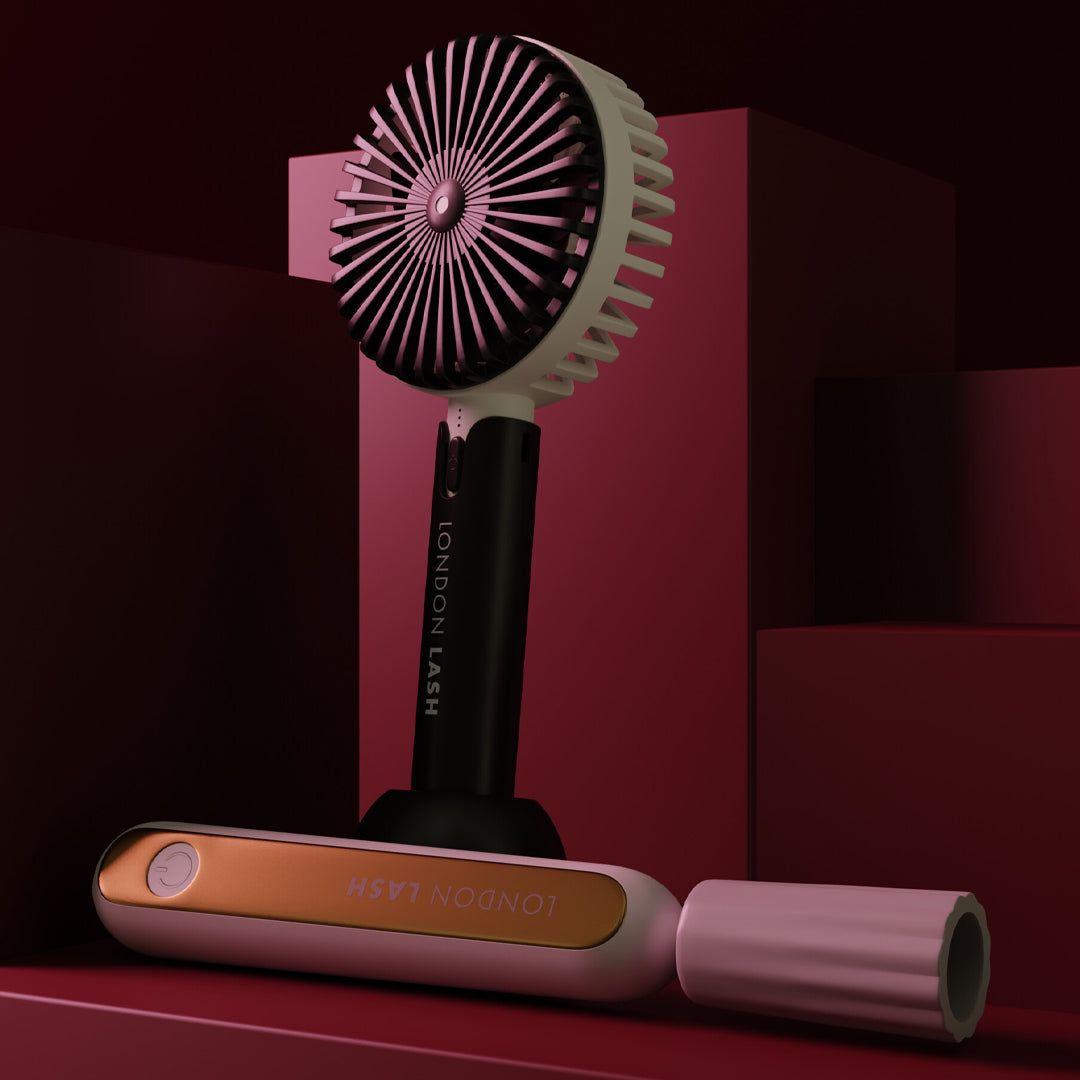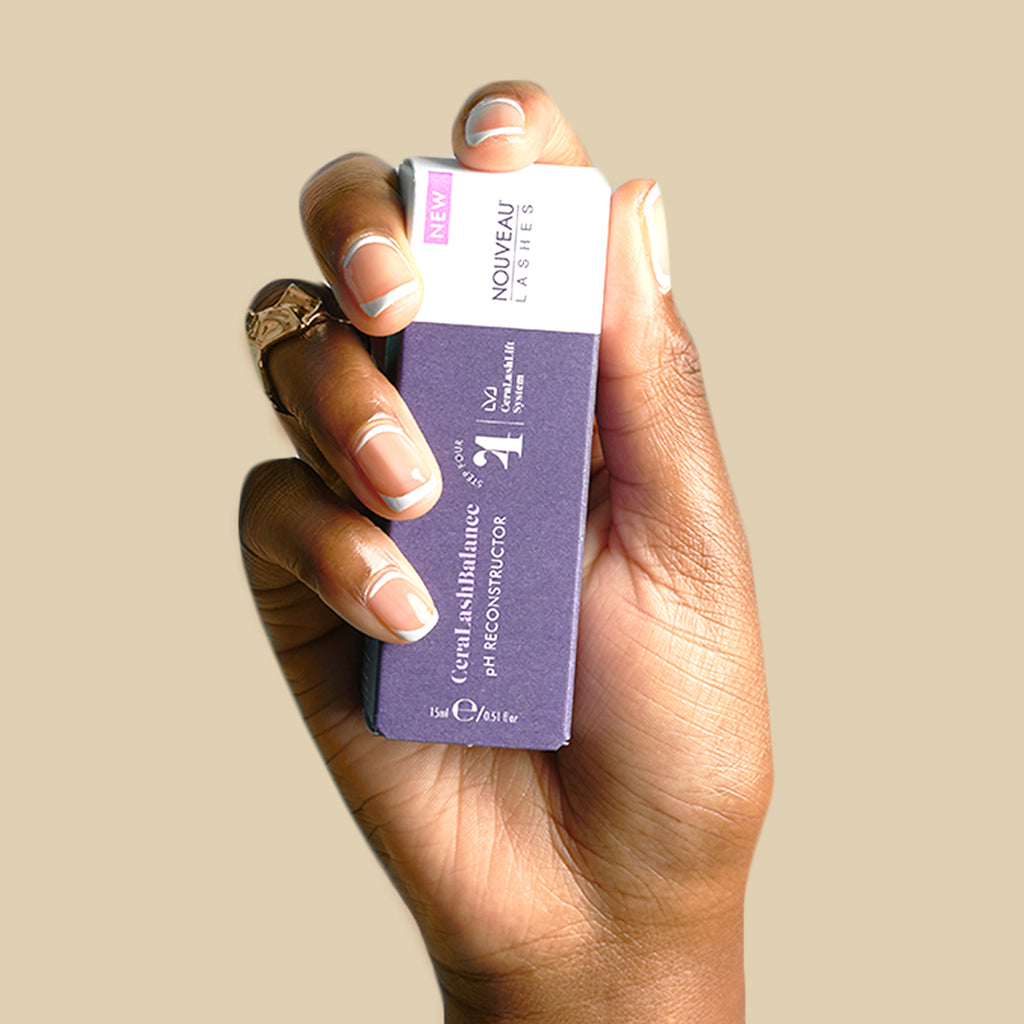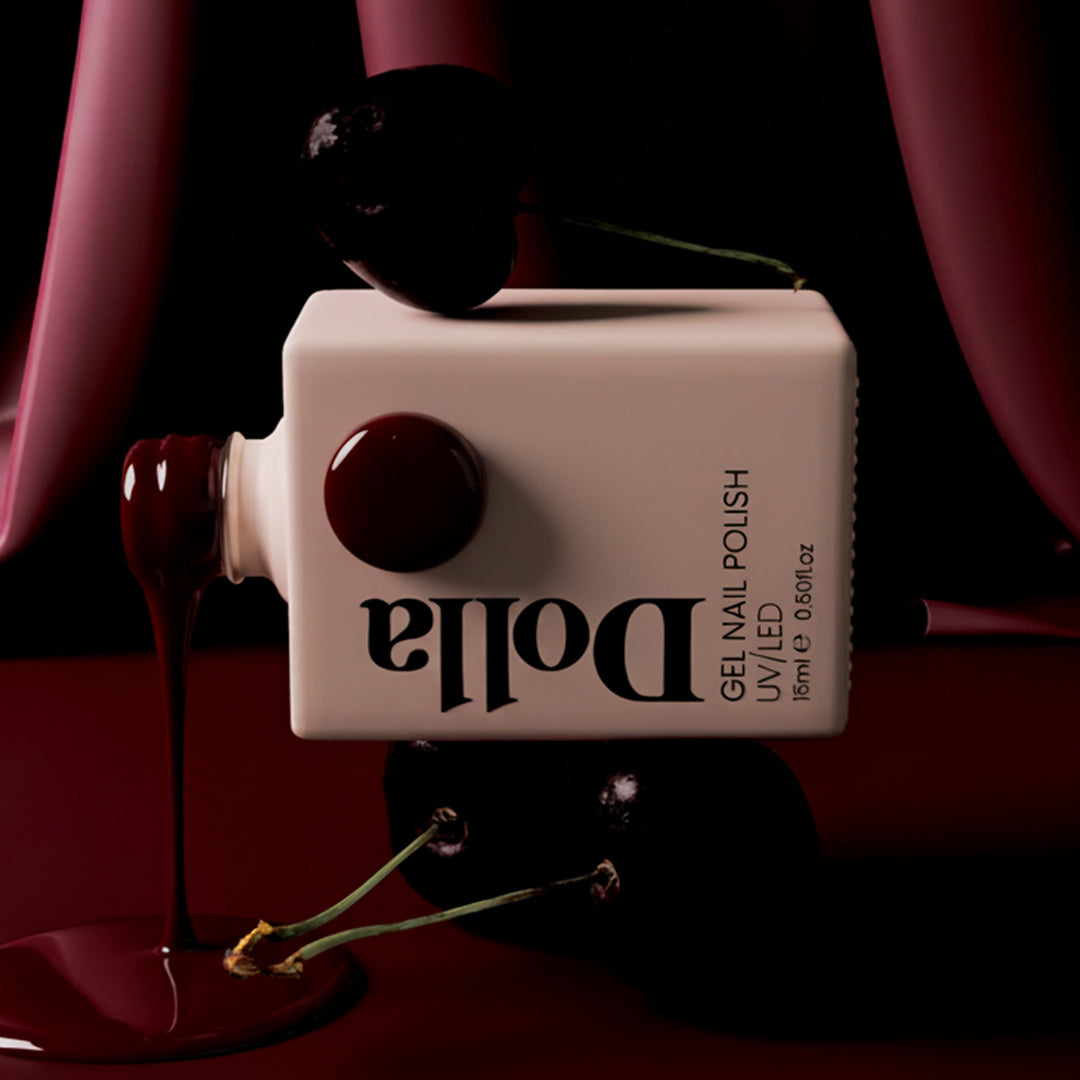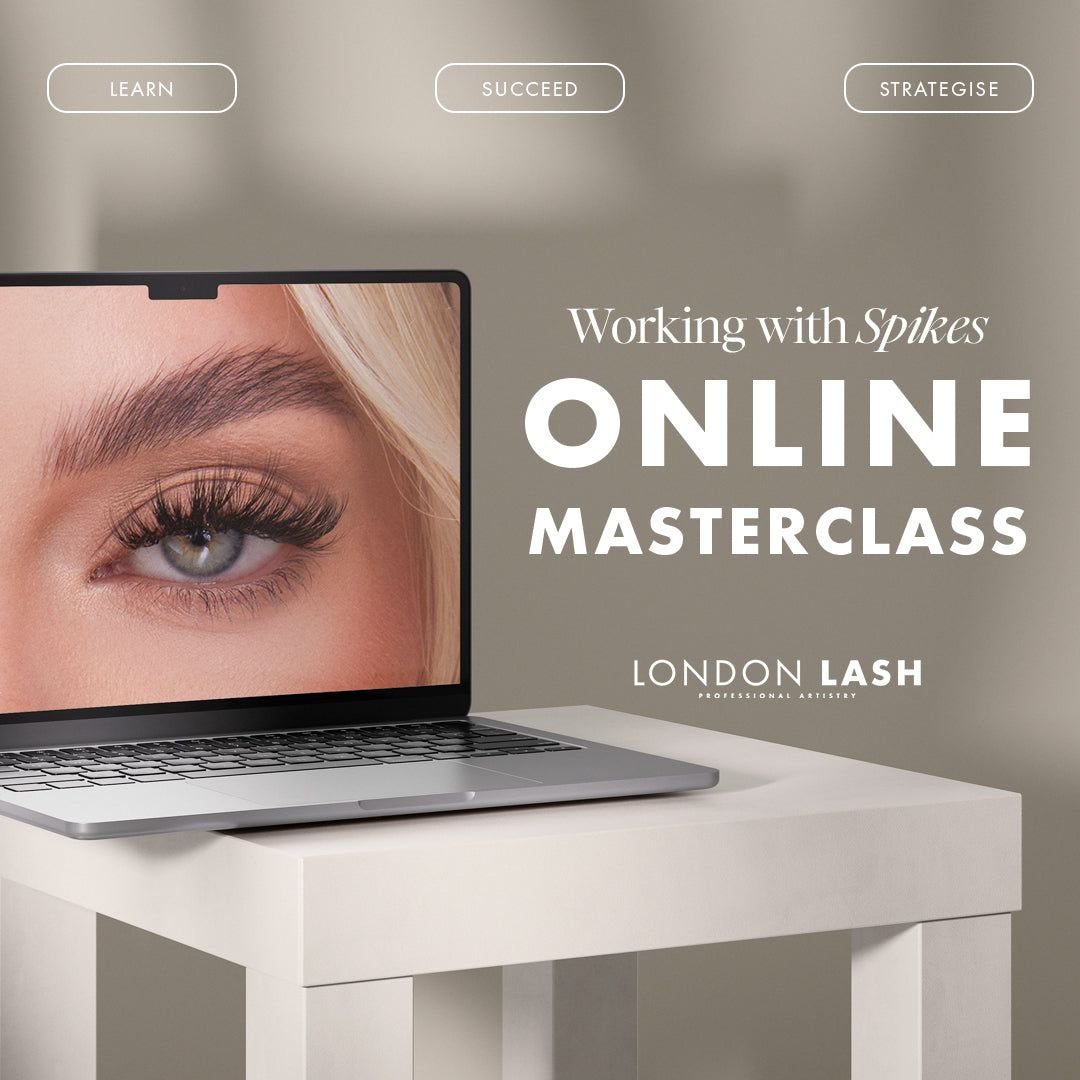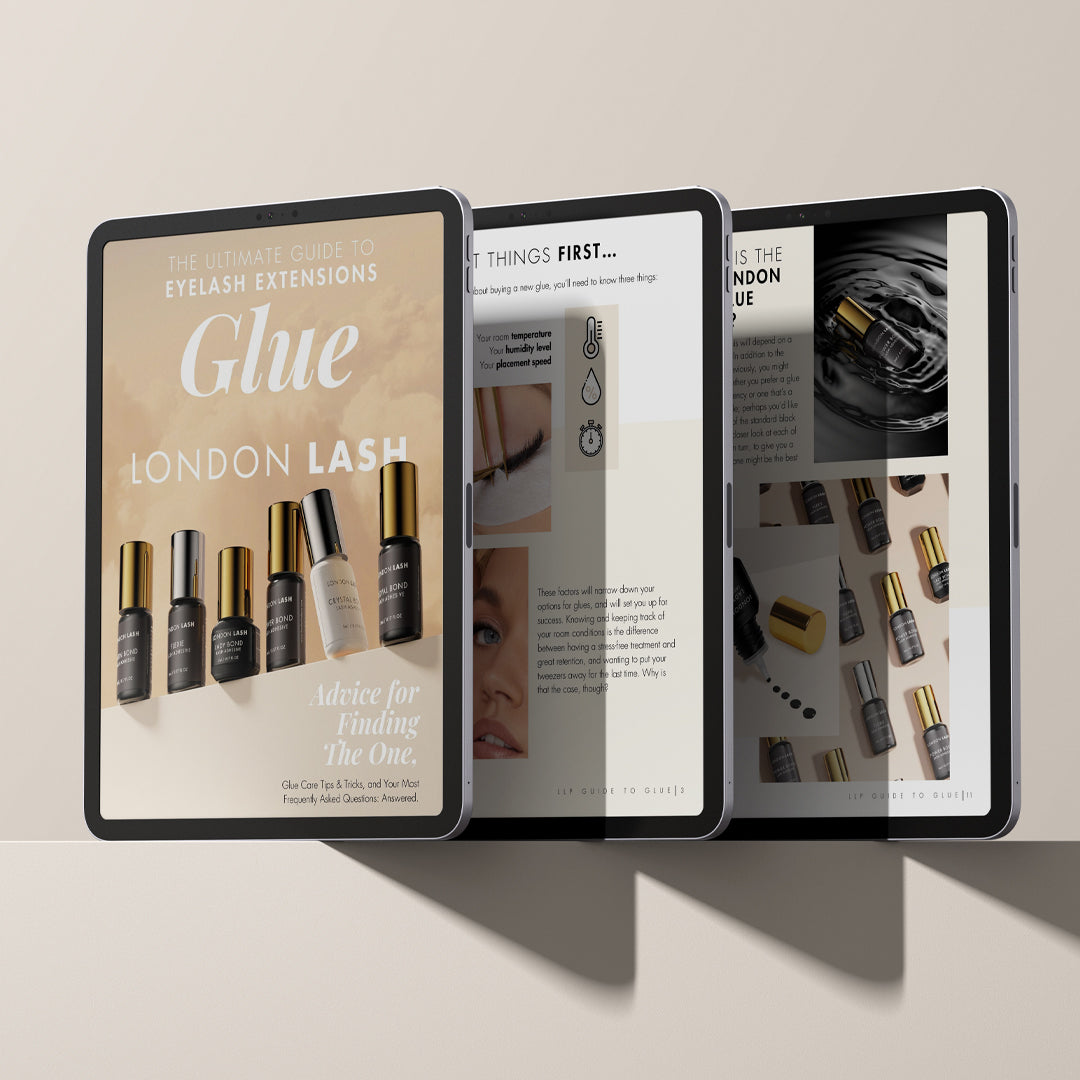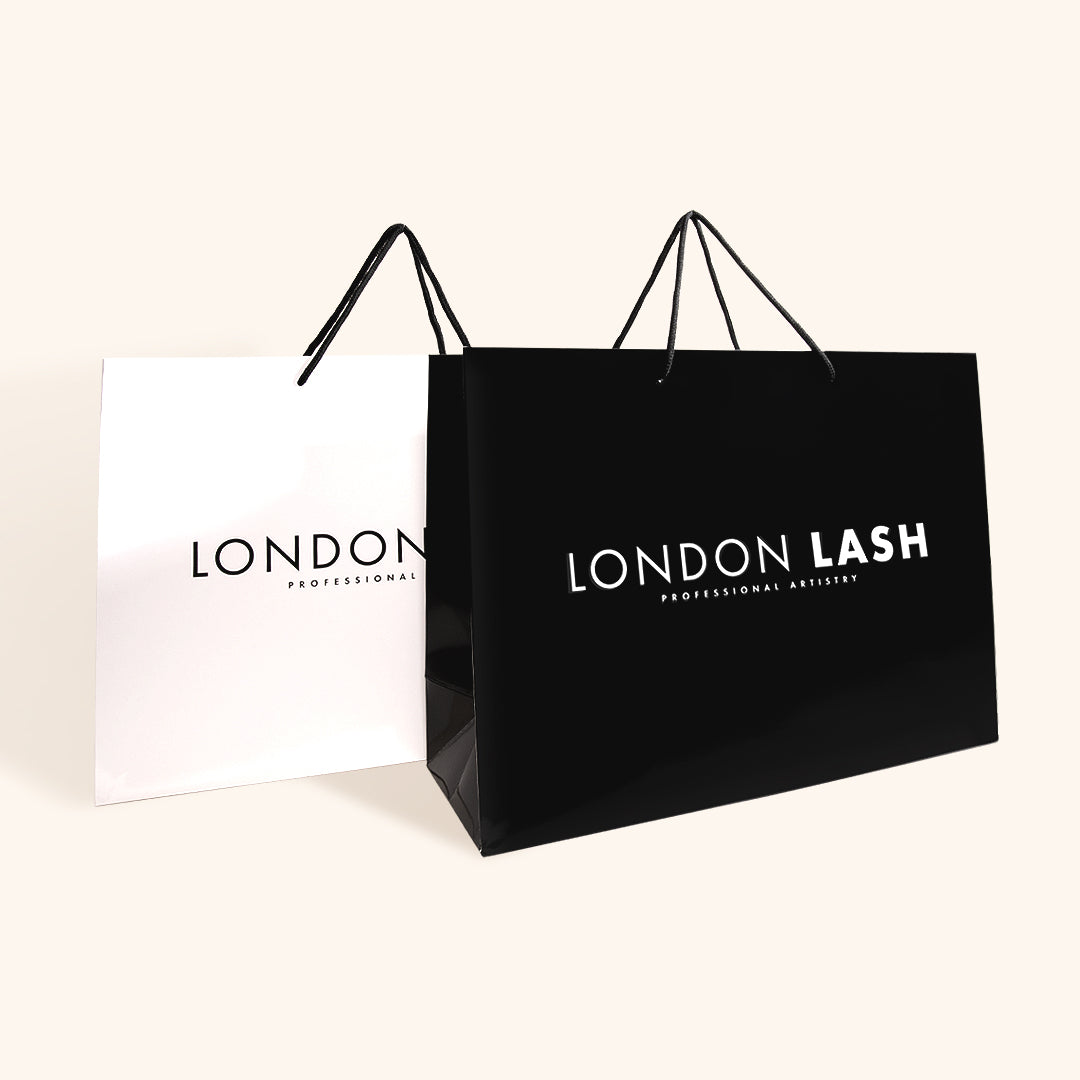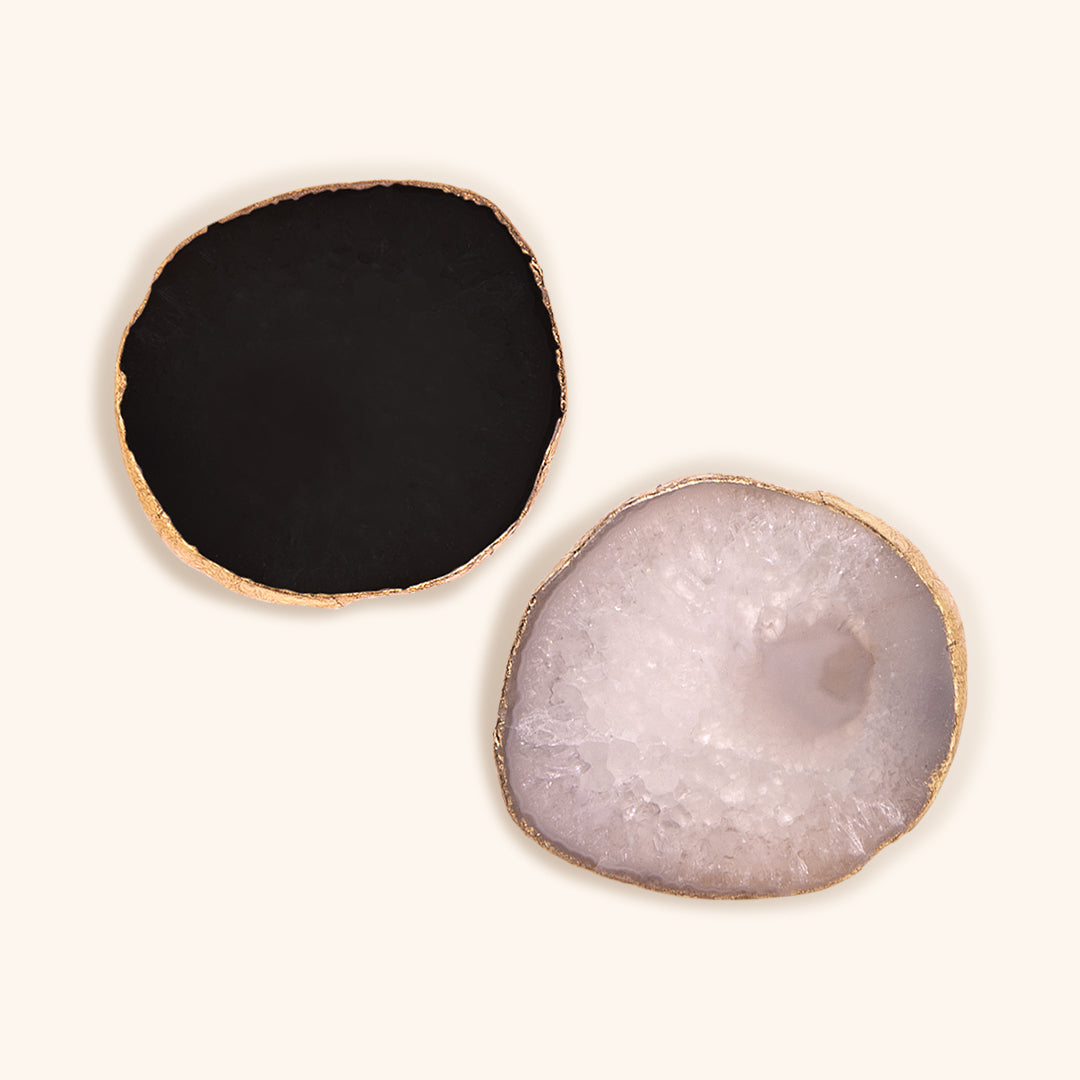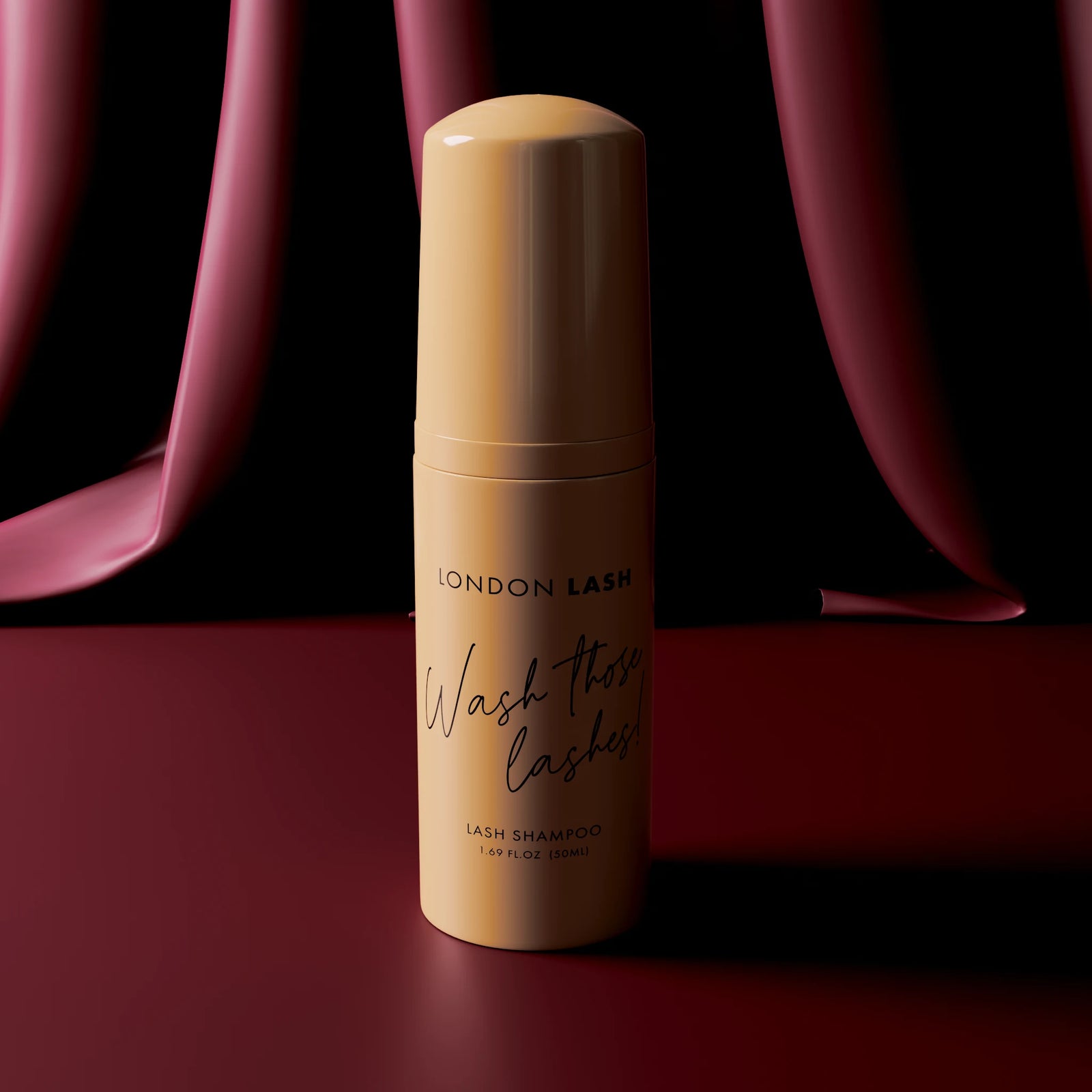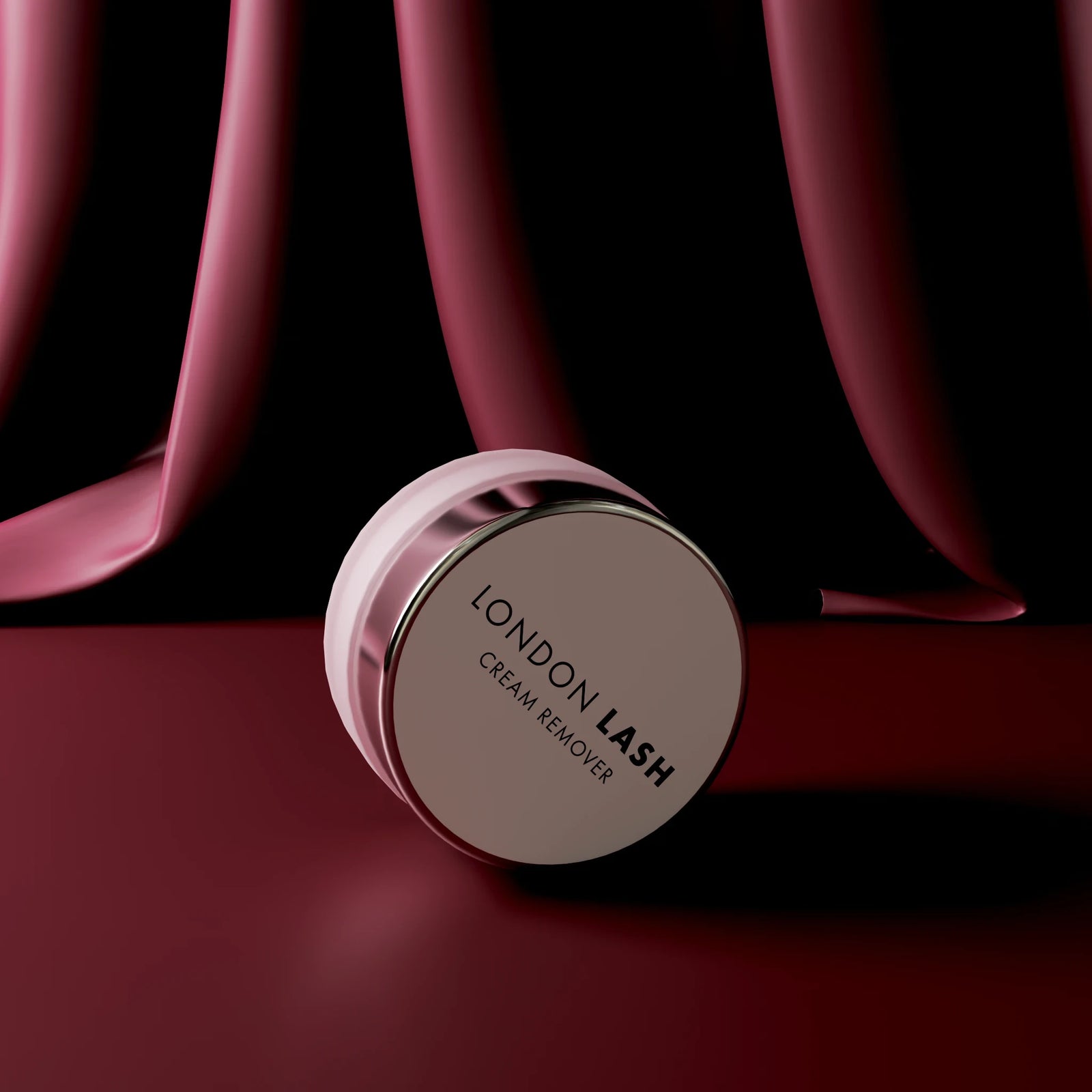New In
Glues & Liquids
Lashes
LASH LIFT
Dolla Nails Pro
Online Training
Save up to 57% off
Understanding Contra-Indications and Contra-Actions
December 01, 2023 6 min read

A Comprehensive Look at Lash Extensions Safety | When to Say No to Lash Extensions | What Every Lash Artist Should Know
We know it can be difficult when you’re starting out to know the difference between Contra-Indications and Contra-actions, and it can be difficult to turn people away, especially when you’re trying to build up your portfolio! That being said, as a budding Lash Technician, you should keep in mind that it is your responsibility to keep your clients’ health in mind. As well as the end result in terms of how they look, ensuring the safety and well-being of your clients should always be on the forefront of your mind. This is something that you should learn throughout your training anyway, but if you need a refresher, here it is!
To help you determine whether or not you should lash a client from the get go, our guide will delve into the essential aspects of lash extension safety, focusing on contra-indications and contra-actions, to equip you with the knowledge needed to make informed decisions.

General Health and Safety
Before diving into the specifics, let's establish some general health and safety guidelines that you should always follow and look out for:
Eye Examination: Always observe your client's eyes before proceeding. Signs like crustiness, redness, swelling, itching, or burning are red flags. In such cases, the responsible thing to do is to advise your client to seek medical attention before considering lash extensions. Remember, if you’re not a medical professional, do not administer or suggest any type of medication or treatment - even the most seemingly simple recommendation can get you into serious trouble!. If the client reacts to anything you have suggested they take, this ultimately falls back on you, and that’s the last thing you want!
Contact Lenses: It’s important that you ensure your client removes contact lenses before the procedure. This is crucial for emergency situations where you might need to flush the eye out with an irrigation solution, as the contact lens may prevent any foreign materials that you are trying to get out from being flushed out.

Maintaining Hygiene: We cannot stress this enough - disinfect all of your equipment after each client! Be sure to check your state’s guidelines as some will require you to completely sterilize your tools between clients, whereas others will only require you to disinfect. If you do need to sterilize your tweezers, it’s worth having a second set so that you’re not slowed down. In terms of hygiene from your client’s side, always make sure to provide your client with a new disposable brush or mascara wand for aftercare, and educate them on the importance of cleaning their lashes as well as how to clean them. To help you out, we’ve got an incredible aftercare guide that is well worth the read!
Application Caution: Although we use it all of the time, you need to always be wary with lash glue as it should not come in contact with anything but the eyelash. So, be super cautious to avoid eye or skin contact, and maintain a safe distance from the eyelid during application. Believe it or not, one of the main culprits for lash glue spillages are glue rings. As an alternative, we recommend using an agate or jade stone to avoid the chance of adhesive spilling onto your client, and it will also help to prevent you and your client from directly breathing in glue fumes.

Contra-Indications: What Are They?
In general terms, contraindications are specific conditions or factors that serve as a reason to withhold a certain beauty treatment due to the harm that it would cause the patient. In the context of lash extensions, contraindications refer to situations or health conditions where applying lash extensions could be harmful or unsafe for the client. To make it easier for you to determine whether or not your client has a contraindication, here are some examples:
- Skin diseases or disorders in the eye area.
- Recent eye surgery or skin trauma near the eyes.
- Inflammation, swelling, or hypersensitivity around the eye area.
- Eye disorders like styes, conjunctivitis, blepharitis, watery or dry eyes, and alopecia.
- Positive allergic reactions to patch tests.
- Ongoing chemotherapy treatments.
- Presence of contact lenses during the procedure.
- Conditions like colds or hay fever, which makes it impractical to apply lash extensions as the eyes can become watery and irritated.
- Asthma, allergies, or sensitivity to adhesive fumes.

Specific Bacterial and Viral Infections
As these are more serious conditions, we felt like this needed its own subsection! If you suspect that your client has an infestation or a bacterial or viral infection such as Conjunctivitis, Hordeola (styes), Blepharitis, Impetigo, Pediculosis (lice), Lash Mites, Herpes Simplex, and Herpes Zoster (shingles) - then do not apply a single lash extension! These conditions not only contraindicate lash extensions but also require medical attention. In this case, you will unfortunately have to turn the client away and direct them towards their local doctor to seek treatment.
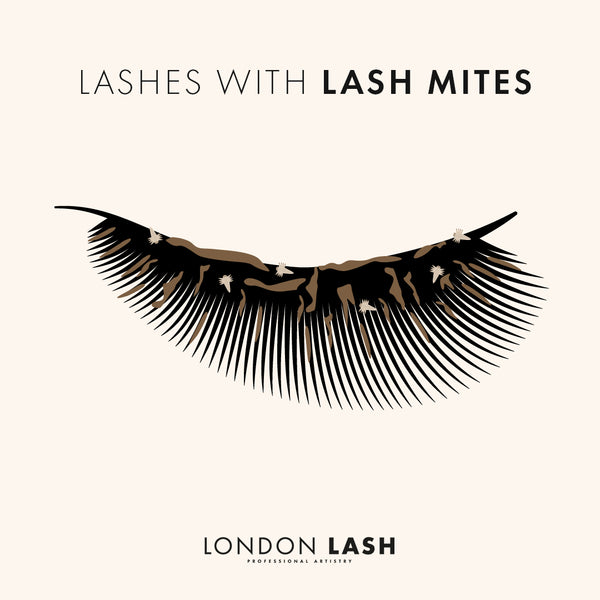
Contra-Actions: Risks and Solutions
Contra-actions are not nearly as bad as contraindications, as unlike contradictions contra-actions can be avoided and solved, but it can be easy to mix them up as their names are pretty similar. So, what are contra-actions? Well, contra-actions are adverse reactions or unwanted outcomes that occur during or after a treatment. During an eyelash extension appointment, contra-actions can range from mild discomfort to more serious allergic reactions; identifying and managing these reactions promptly is crucial for the safety and comfort of your client.
Contra-actions include:
- Watering of the eyes during application - this can be solved by blotting the eyes with a clean tissue; however, if your client’s eyes are streaming, we recommend stopping the entire process as this can lead to shock polymerization and poor retention overall. Very watery eyes can be an indication that your client is experiencing some discomfort, either due to the glue fumes or the eyepatches touching the eyeball, so be sure to check on these things to help avoid this.

- Accidental gluing of the lash to the eyepatch or tape - this can be solved by using lash glue remover and gently working it over the area to dissolve the adhesive. To prevent this occuring in the first instance, it’s best to regularly check during application that eyelash glue hasn’t stuck to the eyepatch. If the client’s eyelashes are growing downwards and are sitting against the eyepatches as a result, use some eyelid tape to gently pull the eyelid upwards. This will also help you to isolate the lashes and apply the extensions neatly.

- Glue remover accidentally enters the eye - if this happens, quickly remove all of the cream or gel remover, and immediately rinse the eye thoroughly with clean water, and continue to repeat until there is no discomfort for your client. This is far less likely to happen when using cream remover as it doesn’t become runnier when it warms up, and as such does not run into the eyes. If you have not performed many – or any – lash extension removals yet, it’s best to stick with cream remover.
- Allergic reactions to products used - unfortunately, patch tests are not always accurate. In this case, immediately remove the lashes and refer your client to their local doctor for treatment. It’s also good practice to make a record of their reaction, and the actions taken so that you have this on file.
In such scenarios, appropriate and immediate action is KEY, such as using an adhesive remover to remove the lashes or cool, clean water to rinse the eye. It’s important to work quickly and safely, and make sure to record any reactions and the actions taken for future reference.

Patch Testing
Although lash adhesive should not come into contact with skin, a patch test for adhesive fumes is usually mandatory. Keep in mind that if a client has an allergy to glue fumes, it will build up over time, rather than showing up immediately. However, if your insurance provider states that a patch test is necessary, then you must adhere to their policies.
This test involves applying around 10-15 lashes to each eye and observing for any allergic reactions like swelling, redness, irritation, or inflammation, and if your client has no reaction after 48 hours then you’re free to lash! To make sure these lash extensions don’t look too noticeable, it’s better to use thinner (0.07mm, 0.10mm) lashes with a natural curl (B or C curl), and with the same length (or shorter) as their natural lashes. The patch test should be done at least 48 hours before the treatment. If you’re still unsure of the purpose and how to do a patch test, check out our ‘Eyelash Extension Patch Test Guide’ for all you need to know!

There we have it! Keeping your clients safe and happy is the real art here, and understanding and identifying contra-indications and contra-actions are key to this. When you spot these red flags, you'll know exactly when to hit the pause button. It's all about striking that perfect balance between creating stunning looks and not compromising on safety. As a final note, when you're in doubt, always choose safety first. Your clients will thank you for it, and that's what makes all the difference.
Check out these featured products
Subscribe
Sign up to get the latest on sales, new releases and more …
